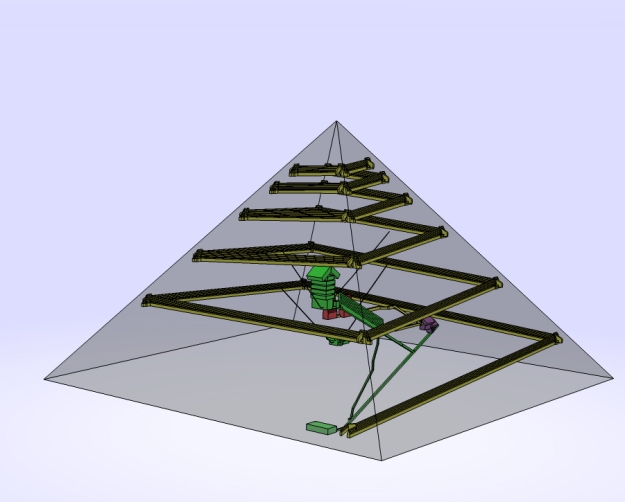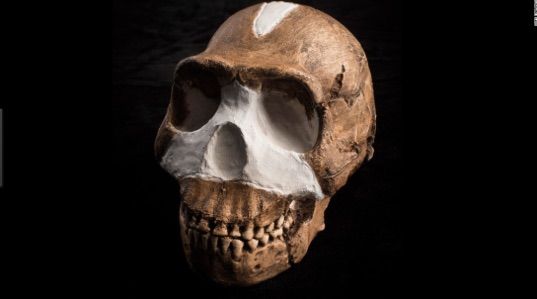In just one hundred days in 1994, some 800,000 Rwandan Tutsi were murdered under the direction of the Rwandan government, with the participation of a large part of Rwanda’s Hutu majority population. This was genocide, the last major genocide of the twentieth century. However US diplomats were forbidden to use the word. Calling it genocide would have obliged the international community to intervene.
A few comments:
The internal violence in Rwanda was closely linked to external conflict. Next door to Rwanda is Burundi, with a similar demography – a Tutsi minority and a Hutu majority. But politics took a different course in the two countries. In Rwanda the Hutu took power when the country attained its independence in 1963, and the government directed massacres of Tutsi. Meanwhile, in independent Burundi, the Tutsi dominated. In 1972 100,000 Hutu were massacred there, while the next year saw anti-Tutsi riots in Rwanda. The genocide in 1994 followed a seizure of power by Hutu extremists, who played on fears of a Tutsi takeover. French political scientist Jacques Semelin calls Rwanda and Burundi “ethnic false twins.” He notes similar “fratricidal duos” in the case of other twentieth century genocides – Serbia and Croatia, Nazi Germany and the Soviet Union, Ottoman Turkey and Czarist Russia. In each case, mass killing of ethnic minorities – of Croats, Jews, Armenians – was tied, in the minds of the perpetrators at least, to life-and-death external threats.
The history of the Tutsi and the Hutu goes back a ways, although group boundaries were accentuated by Belgian colonial policy. Genetic and ethnohistoric evidence points to the Tutsi being a an offshoot of the great migration of Nilotic cattle-herders over the last millennium (which shows some parallels with the earlier migrations of Indo-European speakers). Meanwhile the Hutu derive ultimately from an even greater demic expansion, of the Bantu. The Tutsi came to speak the same language as the Hutu, and there has been some intermarriage between the two populations, but they are still physically fairly distinct from one another, with the Tutsi taller and thinner. These physical differences played into the development of ethnic animosity, an instance of “somatic prejudice.” (I write about somatic prejudice – my coinage – here and in the last chapter of this book.)
A big theme of anti-Tutsi propaganda in the period leading up to the genocide is that Tutsi women were especially sexually alluring, but also wanton, dangerous, and emasculating. A few story titles, “Beautiful Tutsi Women as Bait into Servitude” and “The Death Trap of Tutsi Women’s Beauty,” make the point (as did a lot of visual pornography). In the Hutu Ten Commandments, a major piece of anti-Tutsi propaganda published in 1990, the first three commandments are concerned with getting Hutu men to resist the allure of Tutsi women. Sexuality and ethnicity are the source of some of our most intense emotions; together they make an especially combustible combination.









